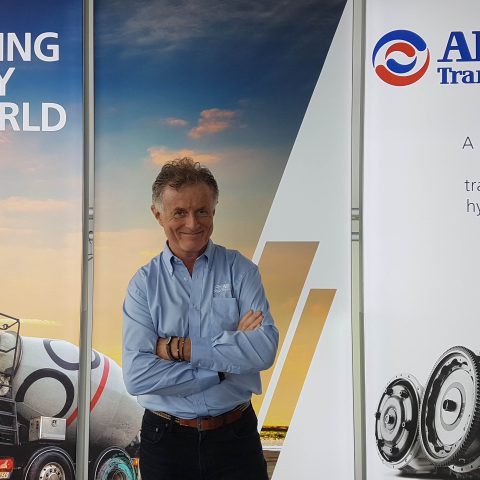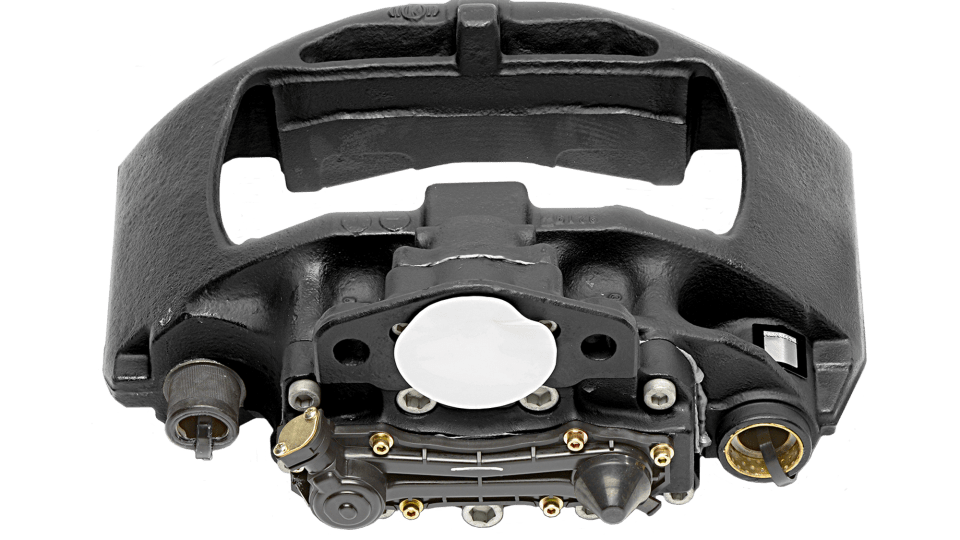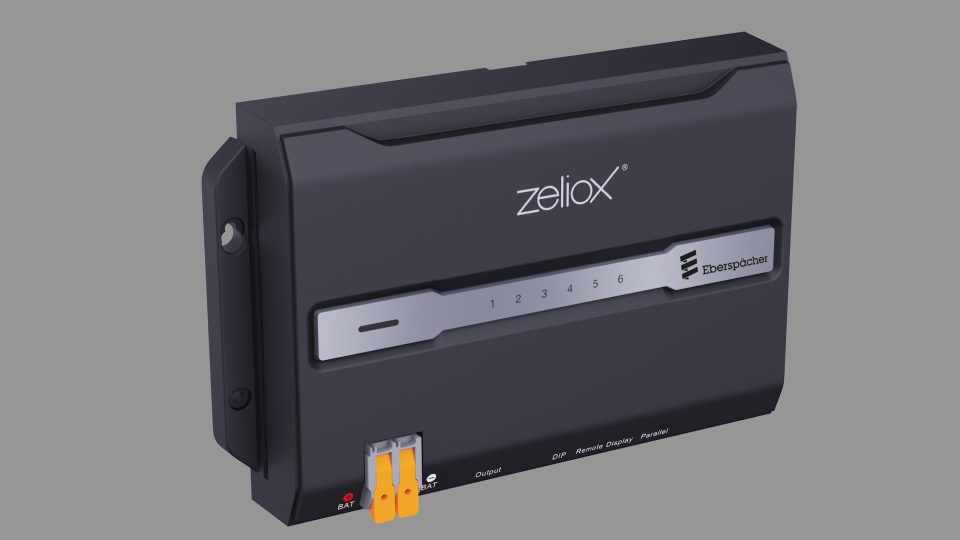Allison: ten out of ten
Here you can read an excerpt from the interview with Sergio Camolese, European Area Sales Director, that you will find in the May issue of Powertrain. Among the topics, Allison penetration in the off-highway market and alternative fuels and the successful presence at the Dakar Rally, where the first 10 trucks were equipped with the American transmission

“For 1,600 vehicles, I could even learn to fly,” said Sergio Camolese, European Area Sales Director of Allison Transmission. And yet, although Camolese has no wings, we can assure you, the reference is far from being mythological. In fact, the contract has been drawn in black and white and provides for the equipping of 1,600 hydrogen-powered trucks used to supply Swiss supermarkets. Allison is moving barycentrically between present and future, which means that it is promoting the reasons for choosing an automatic gearbox amongst sceptics, and is trying to have it implemented outside its traditional truck ecosystem. The company also interprets decarbonisation without erecting mystifying barricades with respect to the endemic diffusion timing of the electric option.
Amongst mobile industrial applications, which is Allison privileged field, the CE or the AG industry?
Our focus has traditionally been on the construction field, where we have a strong presence amongst mobile crane and dumper manufacturers. We have a very good reputation at Terex and Bell, just to name a few of our customers, and we are trying to extend that reputation to the excavator world. This is a land we aim to conquer, and which has been colonised first by manual gearboxes and then by robotized ones, the latter having certainly reached an excellent performance and, mainly, featuring a much lower cost. We have been addressing our attention to the agricultural world, but it is a sector that requires an extra effort to convince its operators to radically change their technological approach.
Is it a price battle then? Why choosing an automatic gearbox instead of a robotized one?
It is clearly a question of price. The robotized gearbox is an electronically and pneumatically dependent manual transmission, and the cost substantial core is the same as the manual gearbox. And to answer your second question, I could simply use one single word: “Dakar”. If I had to coin a slogan to dispel any doubts about the advantages of an automatic gearbox with torque converter, even on sandy dunes, that would be “ten out of ten”, with reference to the final grid of the race. Being the transmission that has been winning the Dakar these last two years (last year we equipped eight trucks which ended up in the top ten, and this year we even made a full win), we are also firmly established in hybrid applications like Hino, beside trying to conquer the hydrogen-powered Gaussin. Let’s say the wind has changed. We no longer have to knock on anyone’s door; now the OEMs ask for our solutions directly. This also applies to “sui generis” models, the race teams that take part in the Dakar with alternative fuels.
So, what are the gearboxes (by Allison) and what are the applications (for Allison)?
As I said, we are on mobile cranes and all rigid and articulated dumpers. Regarding our product range, we start with the 3500, which is the typical on-highway gearbox for distribution trucks, then up to the 4000, till the off-highway models, the 5000, 6000 and up to the 9000, which definitely belongs to a high product range, both in terms of price and performance. As for the durability, it would be enough for a quarry-site application to observe an articulated vehicle equipped with the 3500 to declare the 4000 as the best choice for its mission. It is clear that the harder the game gets, the more Allison starts to play (John “Bluto” Blutarsky’s quote is evocative of the American imprinting, ed. note). Take one of our typical releases, such as Astra, which is used in the most challenging environments, where service is sometimes an almost impossible mission. Proper maintenance extends the gearbox life to the point it coincides with that of the vehicle itself. I can broaden the same expectations to Renault. In the past, we took the Kerax, which has evolved into the K series, to impervious areas such as Equatorial Guinea and the Middle East. Allison has become synonymous with bullet proof gearboxes for extreme environmental conditions. Talking about the diversification of our references, an internal marketing resource is in charge of examining all industrial applications, from lifting to excavation till agriculture. We are currently assessing both traditional and electric gearboxes. We have been to GIS in Piacenza to evaluate what opportunities the market has to offer. Our product is a premium product, and this is an exploration phase for us.
YOU CAN READ THE FULL INTERVIEW IN THE MAY ISSUE OF POWERTRAIN









